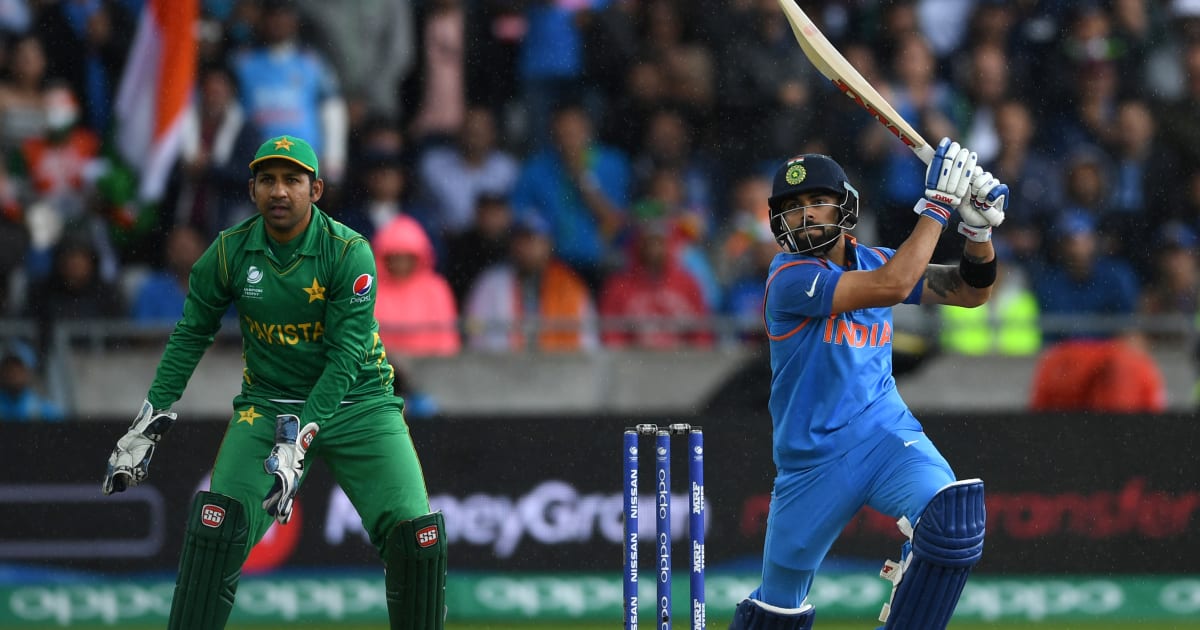IND vs ENG: From Prince to King! Shubman Gill breaks Virat Kohli and Sachin Tendulkar records

Shubman Gill (BCCI Photo)Go Beyond The Boundary with our YouTube channel. SUBSCRIBE NOW!IND vs ENG 2nd Test: Shubman Gill’s statement ton, Jaiswal misses out & Karun Nair at No.3?Highest individual Test scores by Indian batters:Player Highest Score Opposition Year Ground Virender Sehwag 319 South Africa 2008 Chennai Virender Sehwag 309 Pakistan 2004 Multan Karun Nair 303* England 2016 Chennai Virender Sehwag 293 Sri Lanka 2009 Brabourne VVS Laxman 281 Australia 2001 Eden Gardens Rahul Dravid 270 Pakistan 2004 Rawalpindi Shubman Gill 269 England 2025 Birmingham Virat Kohli 254* South Africa 2019 Pune Virender Sehwag 254 Pakistan 2006 Lahore Sachin Tendulkar 248* Bangladesh 2004 DhakaNEW DELHI: Shubman Gill etched his name in the history books by becoming the Indian Test captain with the highest individual score in the format. Gill’s magnificent 269 surpassed the previous record held by Virat Kohli , who had scored an unbeaten 254 not out against South Africa in Pune in 2019.Gill took charge of the Test side following Rohit Sharma’s retirement from red-ball cricket ahead of the ongoing five-match series against England. Coincidentally, Kohli too had announced his retirement from the format before the England tour, making Gill’s achievement even more symbolic as he stepped into a new leadership role with a record-breaking knock.In the process, Gill also went past batting icon Sachin Tendulkar ’s highest Test score. Tendulkar had remained unbeaten on 248 against Bangladesh in Dhaka in 2004.India have seen several iconic innings in Test cricket over the decades, with multiple players etching their names into the record books through remarkable knocks.The list of India’s highest individual Test scores is dominated by a few standout performers, none more so than Virender Sehwag, who features prominently for his explosive, record-shattering performances.At the top of the list is Sehwag’s 319 against South Africa in Chennai in 2008 — the highest-ever individual score by an Indian in Test cricket. It was an innings filled with audacious strokeplay, consuming just 304 balls at a staggering strike rate of 104.93. Sehwag didn’t just rewrite Indian records that day; he became only the third player in the world at the time to score two triple-centuries in Tests.His 309 against Pakistan at Multan in 2004, famously dubbed the "Multan Sultan" knock, was the first-ever triple ton by an Indian and announced his arrival as a game-changer in red-ball cricket.Joining Sehwag in the 300 club is Karun Nair, who stunned England with an unbeaten 303 in Chennai in 2016. This was only his third Test match, making it one of the most extraordinary breakthroughs in Indian cricket. His innings was instrumental in India posting a massive total and winning the Test by an innings.Another of Sehwag’s unforgettable innings came in 2009 against Sri Lanka at Brabourne Stadium, where he scored 293 off just 254 balls — narrowly missing out on a third triple-century. Few batters have combined aggression with consistency in Test cricket the way Sehwag did.The legendary VVS Laxman also features with his epic 281 against Australia at Eden Gardens in 2001 — widely regarded as one of the greatest innings in Test history. It was the cornerstone of a remarkable comeback win, turning the tide of the series and defining a new era in Indian cricket.Rahul Dravid’s 270 in Rawalpindi against Pakistan in 2004 was another masterclass in concentration and technique, while Virat Kohli’s unbeaten 254 against South Africa in 2019 remains his highest Test score. It was a commanding knock that highlighted his dominance as India’s modern-day batting pillar.Adding his name to this elite list is Gill who scored a brilliant 269.. It was not only his maiden double century but also made him the youngest Indian captain to reach the milestone. His innings, filled with 30 fours and 3 sixes, came against a quality attack and established him firmly as a future torchbearer of Indian batting.










